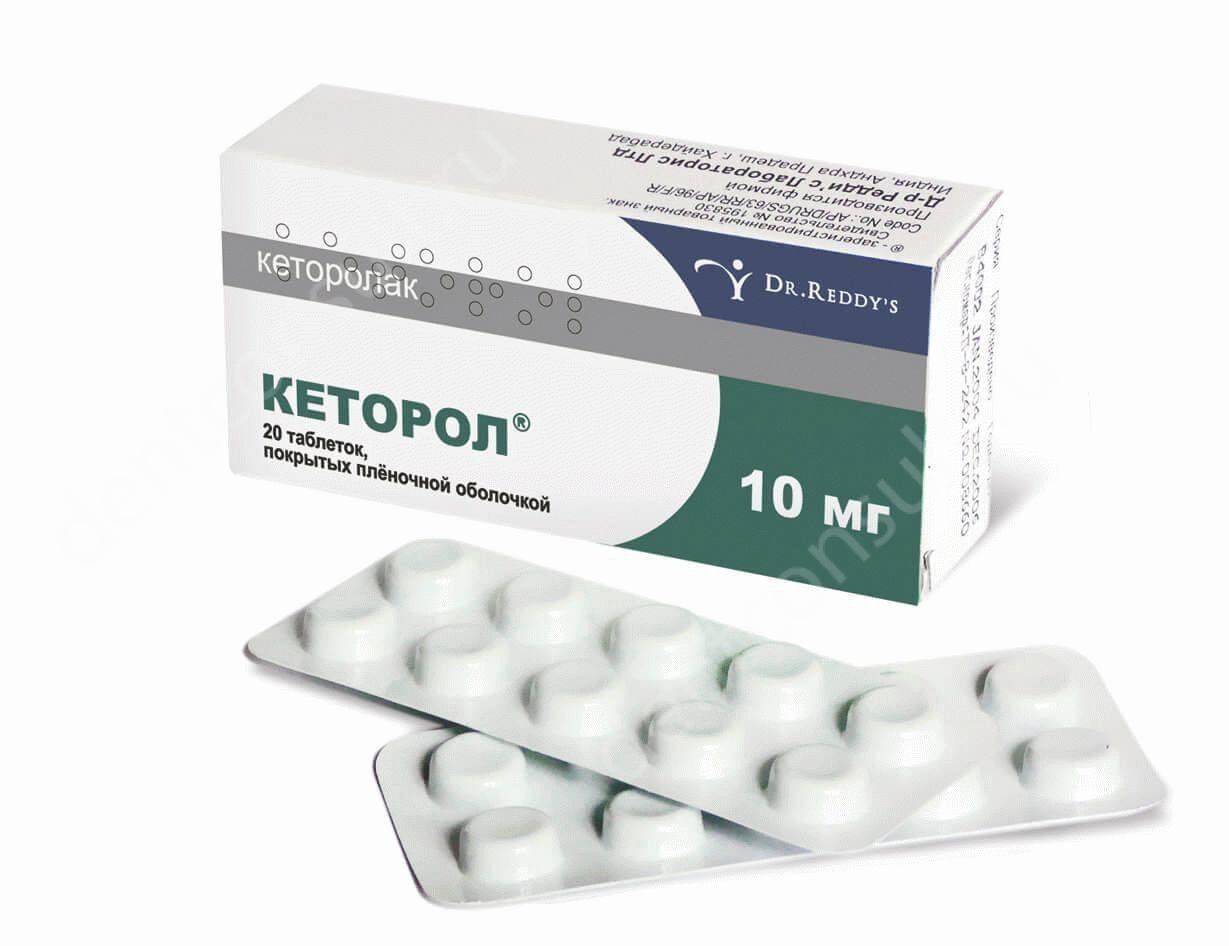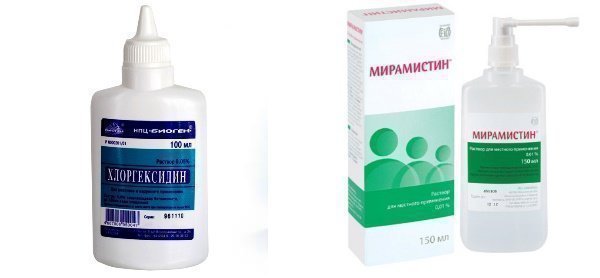Quite often, problems with wisdom teeth have to be solved surgically. After the "freeze" stops working, very strong painful sensations appear, the tooth aches and does not give rest. This reaction of the body is normal and takes place within a week.
But often surgical intervention becomes the cause of complications. They are accompanied by swelling, bleeding and bruising. Therefore, when the gum hurts after the removal of a wisdom tooth for more than seven days, it is worth visiting a dentist.
Complications after wisdom tooth extraction
Why is there pain? Main reasons
The reason that the places of the extracted wisdom teeth hurt is the natural physiological reaction of the body, which is a consequence of the operation. The wisdom teeth are very large. They can have from two to five roots, so they are quite firmly attached to the patient's jaw. As a result, after their removal, a wide wound is formed. It bleeds as a result of damage to the gum tissue.
In order to prevent infection from entering the body through the resulting open wound, a blood clot forms in it, which later turns into connective tissue called "granulation". It performs the function of a kind of filler of the vacated space.
The main causes of pain (sharp, aching, shooting):
- injury to nearby tissues (gums, bone tissue);
- damage to the ligaments holding the tooth (ligaments, blood vessels, nerve fibers are torn);
- mechanical damage to the nerve effector endings;
- the appearance of inflammation in the surrounding tissues.
The following phenomena belong to the normal state:
- the place of the extracted tooth "whines" for two days (sometimes it seems that it hurts in the jaw itself);
- there is a slight swelling of the lips and cheeks, which can persist for three days;
- a hematoma may form;
- possibly an increase in body temperature up to 38 ° C (this symptom manifests itself on the first day after the operation was performed);
- the head may hurt.
These phenomena are temporary. Normally, pain that is aching in nature may not leave the patient for a week. But with each passing day, the discomfort should decrease. Otherwise, it is worth visiting a doctor.
Possible causes of pain
In addition to the natural reaction of the body, other phenomena can cause pain:
- Poor quality of the performed operation. Often, inexperienced doctors may miss small details. As a result, the cyst or tooth root is not removed. These residues cause inflammation and the area begins to ache.
- Alveolitis can cause aching pain. This is a disease that develops as a result of inflammation of the hole where the "eight" was located. Such a pathological condition can occur as a result of disturbances in the formation of a blood clot. It so happens that it may not form at all or move slightly to the side, which allows infection to enter the open wound. She is the basis for the development of the inflammatory process. This phenomenon is observed infrequently with a simple operation (3 cases out of 100) and more often with a complex one (20 out of 100).
- Trigeminal neuritis. During the procedure, the branch of the trigeminal nerve, which is located in the thickness of the lower jaw, can be affected. This situation often occurs if the root of the tooth sits very deeply. After pulling out a wisdom tooth, this condition is accompanied by severe shooting or aching pain. She can give to the entire jaw (teeth and gums), eyes, temples and neck. There is no swelling and discoloration of tissues.
Ways to remove "eights"
The degree of pain may also depend on the way the wisdom tooth was removed. There are two flavors: simple and complex deletion. The decision on how to remove a tooth is made on the basis of an X-ray.

Possible positions for the growth of a wisdom tooth
The easy way
The first method is used when the figure eight is positioned correctly. This method also assumes that the integrity of the crown is not compromised in the tooth, all roots are even, and there are no inflammations in the oral cavity. Pulling out a tooth in this situation is quite simple. Therefore, complications appear infrequently if the operation is performed correctly and the patient further takes proper care of the healing wound.
The simple removal process is accompanied by the following:
- the tooth is gradually swayed to a state where it can be removed from the hole almost without hindrance;
- in the process of manipulation, the ligaments are torn that hold the figure eight;
- the surrounding soft tissues and nerve endings are injured, and therefore the appearance of aching or sharp pain is inevitable.
To carry out such a procedure, the doctor needs a minimum set of tools: an elevator and S-shaped forceps.
Once the tooth is pulled out, the discomfort is significantly reduced in the first two days.
The hard way
It is necessary to remove a wisdom tooth using a complex operation in the following cases:
- pathological location and growth of the tooth (horizontally or at an angle);
- pericoronitis (when difficulties in eruption appear);
- with a destroyed crown;
- if the roots of the "figure of eight" began to grow into the maxillary sinuses.
In the presence of such pathologies, it is necessary to promptly remove the "figure eight". This procedure does not take much time, but more tissues are injured.
Operation stages:
- an incision is made in the gum (it can be different in size depending on the degree of the problem), due to which the “figure eight” is exposed;
- if the tooth has a large number of roots, the doctor uses a drill to cut it;
- bone tissue is drilled;
- all dental remains are pulled out of the hole one by one;
- the last stage is the restoration of the gums (the hole is sutured with threads).
Because you have to open the gums, a complex operation injures more tissues and nerve endings. Although an anesthetic drug is used during the procedure, after its effect, severe aching pain may occur. The manifestation of discomfort is more pronounced than in the first case.
Perhaps the development of an inflammatory process under the hood of a wisdom tooth. It is the gum tissue that covers the still unerupted tooth. Under it, food debris accumulates, which is quite problematic to remove in the usual way during brushing your teeth. As a result of their decomposition, the formation of inflammation is possible. If the operation is performed before the onset of the inflammatory process, the wound will heal in the same way as with simple removal. Otherwise, the inflammation is treated with antibiotics.
How to reduce pain after surgery
What to do when the place where the wisdom tooth was hurts? After the "eight" is pulled out, the aching pain can continue for another week. There are several effective ways to deal with it. The most effective way to prevent a toothache is to take medications:
- Ketorol or Ketanov - are potent drugs. You can buy them at the pharmacy with a prescription only. Very potent, but with some degree of toxicity. The action lasts six hours.
- Nimesulide - the action of the drug is activated within 20 minutes. Also sold by prescription.
- Analgin and Baralgin are used for mild pain syndrome.
- Spazmalgon - recommended for moderate pain.

Ketorol tablets relieve toothache
It should be borne in mind that all drugs (especially potent ones) have a wide range of side effects.
For rinsing, you can use Chlorhexidine, Stomatidin, Rivanol, Furacilin, Miramistin. This will prevent infection from entering the wound.
For those who do not like to use medicines, you can try alternative methods of treatment:
- The first day you can make a cold compress. After that, it will already be ineffective. To do this, take a cloth soaked in cold water and apply it to your aching cheek. And also for a compress, you can use frozen food, ice, a bottle of cold water. Thanks to the action of cold, nerve endings are frozen, blocking the source of pain.
- Baths based on natural decoctions. Mouth baths are most effectively made from the bark of oak, chamomile, St. John's wort. The procedure consists in the fact that the patient holds the decoction in his mouth for half a minute. Such a bath will not only help to cope with pain, but will also contribute to the early healing of the wound.
- Rinsing. For rinsing, a solution of salt or soda is usually used (1 tablespoon for one glass of water). The procedure is carried out 3-4 times a day. You can use this method no earlier than three days after the operation. Otherwise, it is possible to remove the thrombus that protects the hole with water. This can cause the development of the inflammatory process.

Chlorhexidine and Miramistin - antiseptic agents
To reduce the risk of inflammation at the site of the extracted teeth, as well as reduce aching pain, you must adhere to certain rules:
- after you have had the operation, do not touch the hole with your tongue or a toothpick;
- from rinsing it is better to limit yourself to antiseptic baths;
- during rehabilitation, it is advisable to give up hot and cold food;
- breathe through the nose so that the cold air does not irritate the wound;
- you should forget about smoking and alcoholic beverages;
- do not eat sweets;
- do not apply heat to the painful area.
Because very often getting rid of a tooth is accompanied by unpleasant symptoms and the extraction site is very painful, experts advise adhering to a number of rules so that later you do not have to treat the results of complications.
For the first two hours after the tooth is removed, food and liquids should not be taken. In general, on the first day, it is better to refuse liquid food so as not to wash out the resulting blood clot. It is recommended to chew solid food with the back of the operated side.
It is allowed to brush your teeth after the operation not earlier than in a day. It should be observed for bleeding. It is better to bypass the hole and the areas adjacent to it.
For early healing and so that the tooth does not hurt, you can do baths.
Thus, we can conclude that the pain syndrome appears three hours after the manipulation (when the effect of the anesthetic ends) and can last for a week. Aching pain can be constant or occur periodically. It should subside every day. Swelling and edema are normal.





